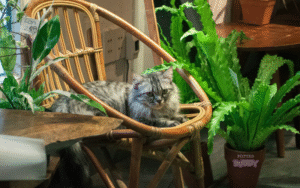You are probably a new plant parent or thinking of starting your indoor garden, and you feel affection for succulents. These resilient, low-maintenance beauties are the perfect choice for beginners, thriving with little effort and adding charm to any space. Did you know that succulents can survive for weeks without water, making them ideal for busy lifestyles? This guide offers care tips and a curated list of the best succulents for beginners, ensuring your plant journey starts smoothly. Discover effortless succulents for beginner plant parents that forgive missed waterings and still flourish. Ready to grow your green thumb?
Table of Contents
Value of Succulents for Beginners
Succulents are a fantastic choice for beginners due to their low-maintenance nature, requiring minimal watering and care. Their drought-tolerant leaves and stems make them forgiving if you forget to water them occasionally. With diverse shapes, sizes, and colors, they effortlessly bring aesthetic appeal to any space. These slow-growing plants stay manageable, giving new gardeners time to learn without worry. Starting with succulents for beginners builds confidence and sparks joy in plant care!
Low-Maintenance Nature
- Research suggests that succulents are drought-tolerant due to their water-storing tissues, allowing them to survive in dry conditions. This is evident from general gardening resources that emphasize their resilience.
- They thrive in dry air and warm temperatures, which most homes already have, making them ideal for those with busy schedules or limited gardening experience.
- From my own experience, starting with succulents like Aloe Vera helped me build confidence, as they didn’t mind if I forgot to water them for a week.
Aesthetic Appeal
- Succulents come in a variety of shapes, sizes, and colors, offering endless possibilities for creating unique displays. For example, Echeveria’s rosettes add a decorative touch to any shelf.
- They can be used in hanging baskets, pots, or as centerpieces, making them versatile for small spaces, which is perfect for beginners with limited room.
List of 10 Best Succulents for Beginners
Aloe Vera:
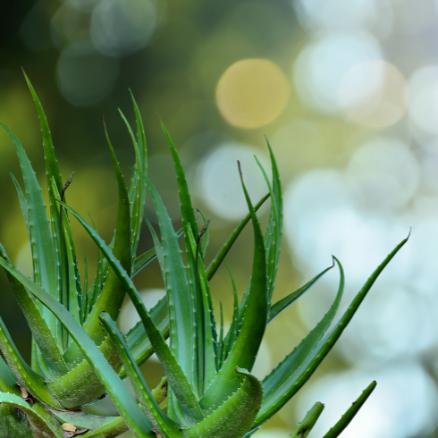
- Description: Aloe Vera has thick, green leaves that grow in a rosette pattern. It is known for its gel-like substance inside, which treats sunburns.
- Care Tips: Needs bright, indirect light and well-draining soil. Water sparingly, allowing the soil to dry out completely between waterings.
- Why it’s good for beginners: It’s very forgiving and can tolerate irregular watering. It’s also easy to propagate from offshoots, making it a practical choice.
Jade Plant (Crassula ovata):
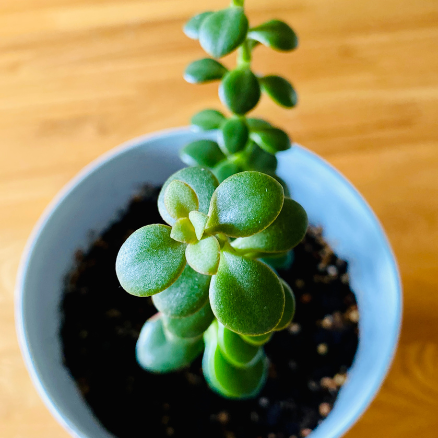
- Description: Jade Plant has thick, oval-shaped leaves and can grow into a small tree-like form, often associated with good luck and prosperity.
- Care Tips: It needs bright light but can tolerate some shade. Water when the soil is dry to the touch, and use well-drained soil to prevent root rot.
- Why it’s suitable for beginners: It’s slow-growing and can handle some neglect, making it ideal for those new to plant care. It’s also easy to propagate from stem cuttings.
Echeveria:
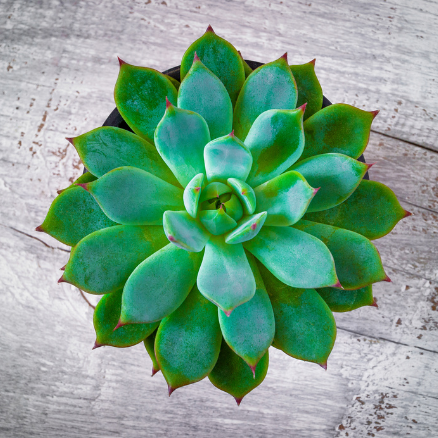
- Description: Echeveria has beautiful rosettes of leaves in various colors and patterns, popular for their decorative appeal.
- Care Tips: It needs bright light to maintain its color. Water when the soil is dry, and avoid overwatering to avoid rot.
- Why it’s good for beginners: They are relatively easy to care for and come in many varieties, making it fun to collect. They can also be propagated easily from offsets or leaves.
Haworthia:
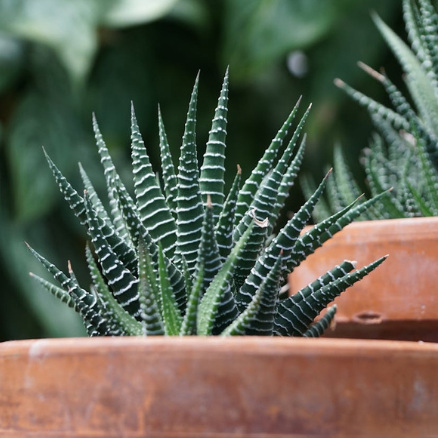
- Description: Haworthia has small, rosette-shaped leaves, often with white stripes or patterns, sometimes called “zebra plants.”
- Care Tips: Prefers bright, indirect light and well-draining soil. Water sparingly, as they are prone to root rot if overwatered.
- Why it’s suitable for beginners: They are small and slow-growing, making them easy to manage in small spaces. They can tolerate lower light conditions compared to other succulents.
Burro’s Tail (Sedum morganianum):
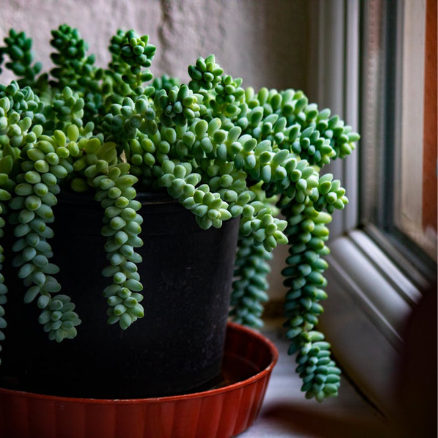
- Description: Burro’s Tail is a trailing succulent with long stems covered in small, round leaves, great for hanging baskets.
- Care Tips: It needs bright light and well-draining soil. Water when the soil is dry, and be careful not to overwater, as the leaves can drop if watered too much.
- Why it’s good for beginners: It’s easy to care for and has a unique, attractive appearance, perfect for adding visual interest. It’s also easy to propagate from stem cuttings.
Hens and Chicks (Sempervivum):

- Description: Hens and Chicks form clusters of small rosettes, with the “hen” being the mother plant and “chicks” being the offsets, resembling a family.
- Care Tips: They need full sun to partial shade and well-draining soil. Water when the soil is dry, and they can tolerate cold temperatures.
- Why it’s good for beginners: They are very hardy and can handle neglect, making them ideal for those new to gardening. They are also easy to propagate from offsets.
Panda Plant (Kalanchoe tomentosa):
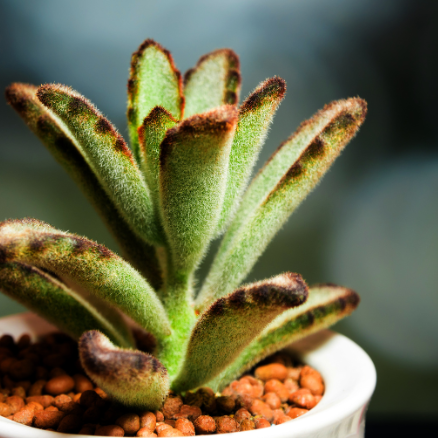
- Description: Panda Plant has fuzzy, gray-green leaves with black spots, resembling a panda’s fur, adding a cute factor.
- Care Tips: It needs bright, indirect light and well-draining soil. Water when the soil is dry, and it’s non-toxic to pets.
- Why it’s good for beginners: It’s easy to care for and has a unique appearance, making it a conversation starter. Its non-toxic nature is a bonus for pet owners.
Christmas Cactus (Schlumbergera):
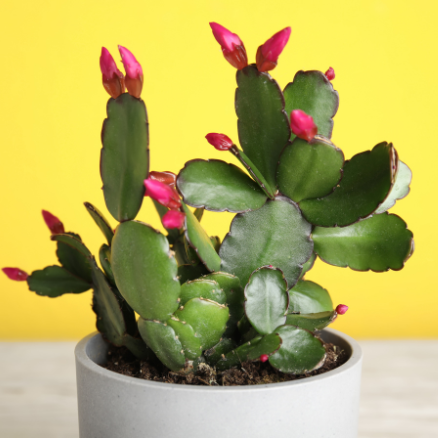
- Description: The Christmas Cactus has flat, segmented stems and produces beautiful flowers around the holiday season, adding seasonal charm.
- Care Tips: It needs bright, indirect light and prefers to be slightly pot-bound. Water when the top inch of soil is dry, and it’s relatively forgiving.
- Why it’s good for beginners: It’s easy to care for and rewards you with beautiful flowers, making it a rewarding choice. It’s also forgiving of watering mistakes.
Ponytail Palm (Nolinia recurvata):
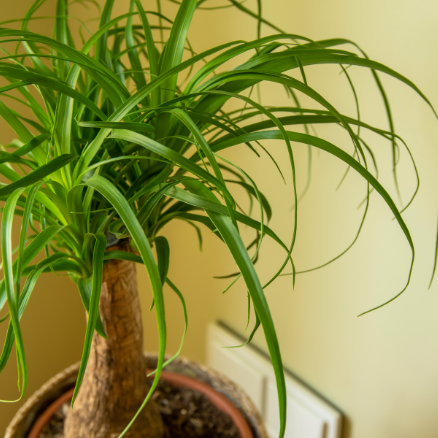
- Description: Ponytail Palm has bulbous bases and long, arching leaves. Not a true palm but a type of succulent, with a striking appearance.
- Care Tips: It needs bright, indirect light and well-draining soil. Water sparingly, as it stores water in its base, making it low-maintenance.
- Why it’s suitable for beginners: It’s low-maintenance and can handle irregular watering, which is perfect for those with busy schedules. Its unique shape makes it a conversation starter.
Bunny Ear Cactus (Opuntia microdasys):
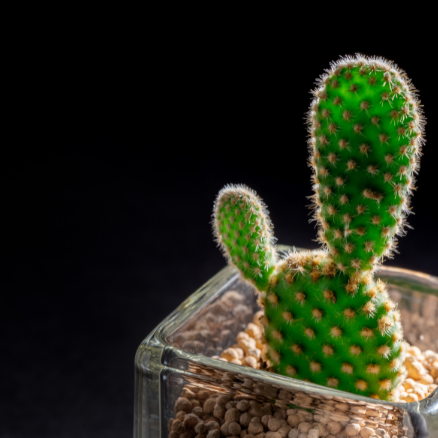
- Description: Bunny Ear Cactus has flat, oval pads covered in tiny, soft spines, named for its resemblance to bunny ears, adding a fun element.
- Care Tips: It needs bright light and well-draining soil. Water when the soil is dry, and be careful with the spines, though they are relatively soft.
- Why it’s good for beginners: It’s easy to care for and has a unique, appealing shape, making it a great addition to any collection. Its soft spines make it safer for households.
The table summarizes the 10 succulents and their key care needs for clarity.
Succulent Name | Light Needs | Watering Frequency | Special Notes |
| Aloe Vera | Bright, indirect | When soil is dry | Medicinal gel, easy to propagate |
| Jade Plant | Bright, can shade | When soil is dry | Slow-growing, good luck symbol |
| Echeveria | Bright | When soil is dry | Colorful rosettes, easy offsets |
| Haworthia | Bright, indirect | Sparingly | Small, low light tolerant |
| Burro’s Tail | Bright | When soil is dry | Trailing, watch for overwatering |
| Hens and Chicks | Full sun to shade | When soil is dry | Hardy, cold-tolerant |
| Panda Plant | Bright, indirect | When soil is dry | Fuzzy leaves, pet-safe |
| Christmas Cactus | Bright, indirect | When the top inch dry | Blooms in winter, forgiving |
| Ponytail Palm | Bright, indirect | Sparingly | Bulbous base, low-maintenance |
| Bunny Ear Cactus | Bright | When soil is dry | Soft spines, unique shape |
General Care Tips for Succulents
Light: Most succulents need bright light, but some, like Haworthia, can tolerate lower light conditions. Place them near a window or under grow lights for best results.
Watering: Allow the soil to dry out between waterings to prevent root rot, a common mistake for beginners. Use the “soak and dry” method: water thoroughly, then wait until the soil is dry.
Soil: Use well-draining soil specifically designed for cacti and succulents to prevent waterlogging. Adding perlite or sand can improve drainage.
Temperature: Succulents generally prefer warmer temperatures, but some, like Hens and Chicks, can tolerate cooler conditions. Keep them above 50°F for most varieties.
Fertilizer: Feed sparingly during the growing season (spring and summer) with a balanced fertilizer, following package instructions to avoid overfeeding.
Common Mistakes to Avoid: Overwatering is the top mistake, leading to root rot, and using the wrong soil can stress plants. Ensure pots have drainage holes to prevent standing water.
Personal Experience: From my experience, I once overwatered my Burro’s Tail, and the leaves started dropping, but I learned to check the soil first, which saved my next plant.
Happy planting!
Succulents are the ideal starting point for anyone new to plant parenting, blending stunning looks with a toughness that suits even the most hectic lifestyles. This list of the best succulents for beginners gives you everything you need to kick off your indoor gardening adventure with assurance. These effortless succulents for beginner plant parents only ask for bright light, well-draining soil, and a little water now and then—perfect for learning the ropes without stress. Pick a favorite, like the sturdy Aloe Vera or the delightful Jade Plant, and let your green thumb grow from there.


